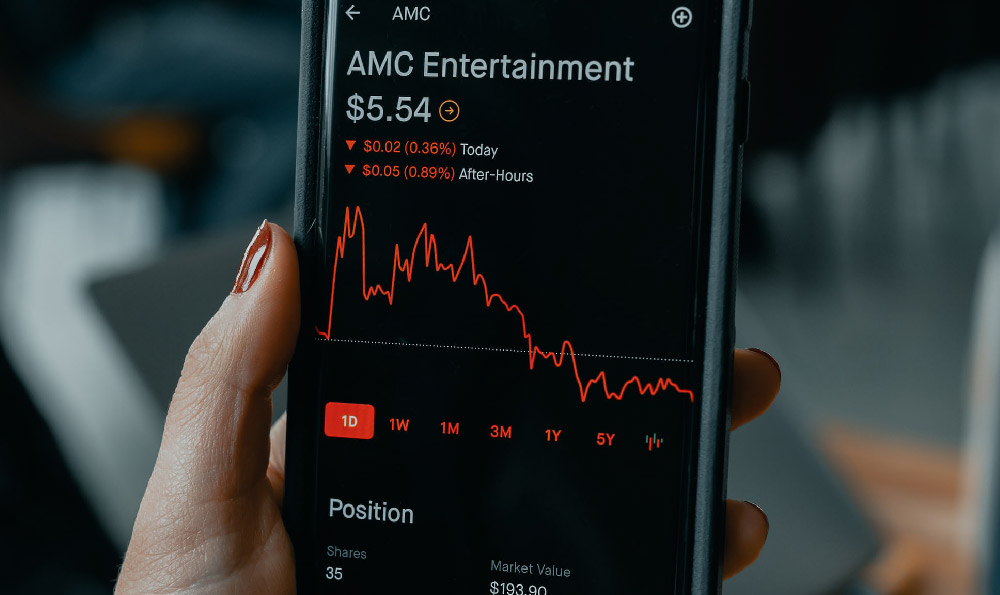Theater Revenue Sources: How They Generate Income and Profit

Theater revenue sources operate within a multifaceted ecosystem that spans traditional and innovative financial models, offering creators and patrons alike a unique intersection of art, commerce, and community engagement. At the heart of this system lies an intricate balance between sustaining artistic endeavors and meeting the diverse demands of modern audiences. While ticket sales remain the most common avenue for generating income, theaters increasingly diversify their strategies to ensure long-term profitability in an evolving market.
Ticket sales form the backbone of most theater operations, with pricing structures tailored to maximize revenue while remaining accessible to a broad demographic. For example, Broadway theaters often implement tiered pricing, offering varying seat categories such as premium orchestra seats, middle-tier balcony seats, and budget-friendly mezzanine options. This approach encourages repeat attendance by providing different levels of value, yet it also requires careful market analysis to avoid overpricing, which can deter ticket buyers. Additionally, dynamic pricing algorithms are now employed by some venues to adjust costs based on demand, time of purchase, and even weather patterns that might influence turnout. Theatrical productions also benefit from ancillary ticket revenue, including group bookings, premium seating upgrades, and the sale of parking or hospitality packages, which can significantly boost overall profitability.
Sponsorship and patronage have emerged as vital components of theater finance, particularly in regions where public funding is limited. Established institutions like the West End or the Stratford Festival frequently engage in corporate partnerships, where businesses contribute financially to productions in exchange for branding opportunities within the venue. This could manifest as logo placements on programs, digital advertising in the theater’s online platforms, or collaborative marketing campaigns targeting specific demographics. Individual supporters, on the other hand, often contribute through subscription models or membership programs that grant access to exclusive events, early previews, or invitations to private galas. These arrangements not only provide stable funding but also help cultivate a sense of community and advocacy around theatrical arts.

Merchandising and licensing represent another layer of income, capitalizing on the emotional resonance of stage productions. From branded apparel and collectible memorabilia to licensing agreements for music compositions or stage design elements, theaters can create a revenue stream that extends beyond the curtain call. Audience interaction with tangible promotional materials, such as play programs or themed souvenirs, often enhances brand loyalty. Moreover, licensing rights for musical scores or iconic costume designs can lead to long-term financial benefits, particularly for successful long-running shows or classic productions that maintain cultural relevance.
Educational initiatives and community engagement programs are increasingly recognized as valuable financial assets. Many theaters now offer discounted or subsidized tickets for school groups, seniors, and low-income families, ensuring accessibility while maintaining profitability through volume sales. Partnerships with local educational institutions can also generate income through workshops, drama schools, or internships, which may involve fees or funding from participating organizations. Some theaters further monetize their spaces by hosting corporate events, private screenings, or themed parties, transforming underutilized areas into profit centers through strategic utilization of the venue's physical and cultural assets.
The digital transformation of the theater industry has introduced new revenue avenues, including ticketing platforms, virtual reality experiences, and live-streamed performances. Online ticket sales platforms charge transaction fees, but they also expand the audience reach beyond geographical limitations. Some theaters have pioneered immersive digital experiences, allowing audiences to purchase virtual tickets for interactive storytelling or augmented reality recreations of stage productions. Live-streaming services provide additional avenues for monetization, enabling global audiences to access performances while generating revenue through subscription models or pay-per-view fees.
However, navigating these income streams requires a nuanced understanding of market dynamics and audience behavior. Theatrical productions must balance the need for profit with the imperative of artistic integrity, often opting for creative compromises that appeal to both financial and cultural considerations. For instance, some theaters implement "pay what you can" models for select shows, which can attract diverse audiences but also necessitate more robust funding from other sources. Others focus on cultivating recurring revenue through subscription-based models that guarantee a steady income stream, enabling producers to plan budgets more effectively.
Theatrical revenue strategies also reflect broader industry trends, such as the increasing demand for flexible seating arrangements and the rise of avant-garde production styles. Venues that adapt to changing consumer preferences—such as offering mobile ticketing, implementing tiered pricing for different demographics, or integrating experiential elements into their shows—often see greater financial success. Collaborative efforts between theaters and technology firms can unlock additional revenue opportunities, from AI-driven audience analytics to blockchain-based ticketing systems that enhance security and reduce fraud.
Ultimately, the theater industry's financial landscape is shaped by a combination of traditional and innovative approaches, each requiring careful calibration to maximize profitability. By understanding the interplay between audience expectations, market forces, and artistic vision, theater operators can craft sustainable revenue models that support both creative excellence and economic viability. The future of theatrical income generation will likely continue to evolve, driven by advancements in technology, shifts in consumer behavior, and the ongoing quest to make live performance more engaging and profitable for all stakeholders.















